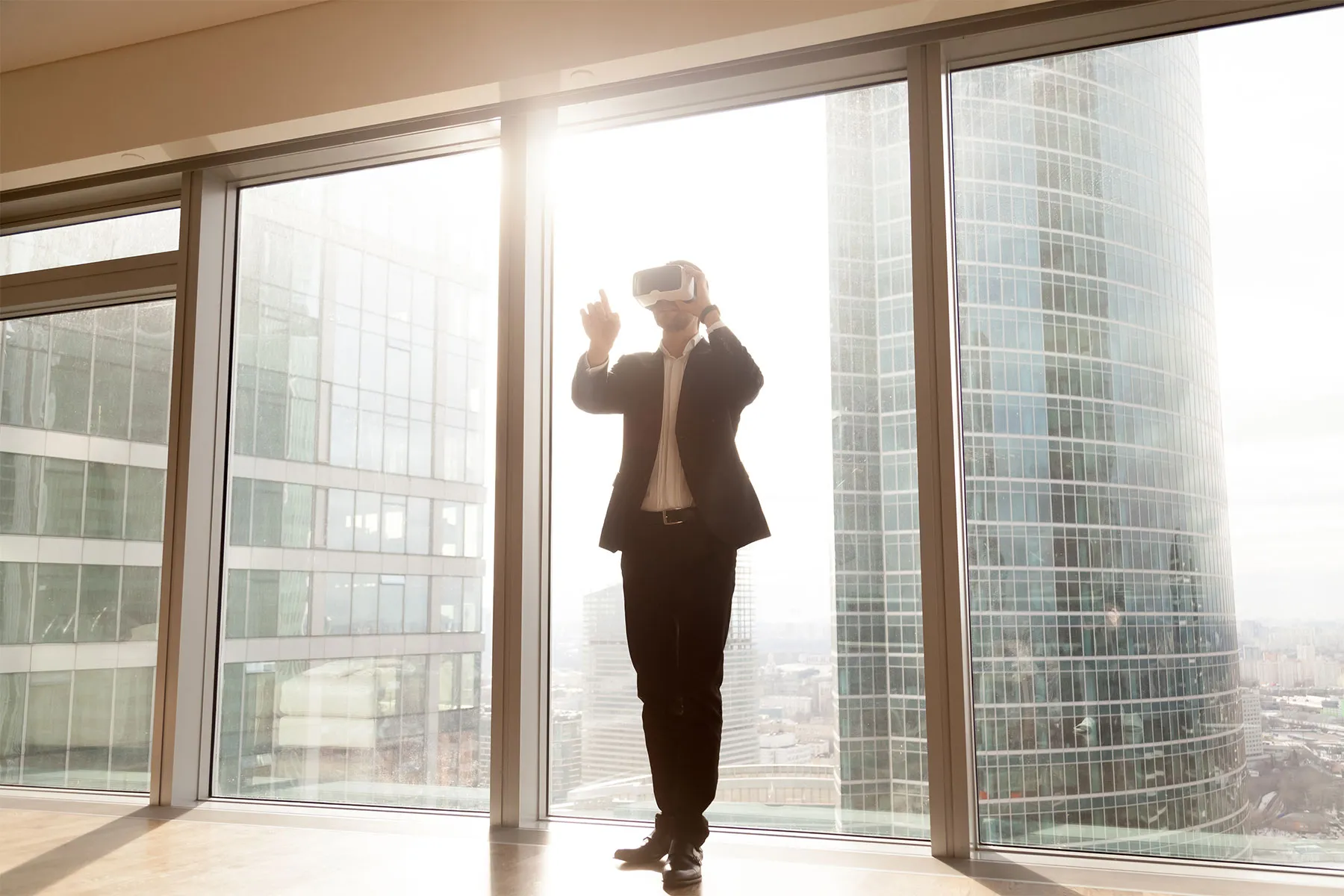

Connected buildings are no longer a niche thing –they are fast becoming standard. What is changing is the way that technology is being used to connect buildings. Developers, building owners, and CRE agents and brokers are using a wide array of technologies to improve their lead generation and tenant retention. Here are just 7 ways technology is changing the “connected” building:
For years now, technology’s ability to crunch massive amounts of data into useable, actionable intelligence has been changing the way that business is done in commercial real estate. Now artificial intelligence (AI) is being used to make collecting that data more precise by automating the collection of crucial data points.
Imagine the kinds of details that can be amassed using AI to not only collect data but to analyze it to decide where to locate a particular development or to anticipate market conditions in a certain region.
Along the same vein, AI is also being used for building design to decide the best ways to orient windows for example for greater sun exposure or how to design office interiors to improve productivity. All of these things are being determined using smart technology that will allow developers to create buildings of the future today.
On-site security is getting an upgrade from simple keycard entries and static surveillance cameras. Connected buildings are using new technologies like facial recognition and biometric readings to determine who should and should not be given access to buildings.
From fingerprint technology for entering secure facilities to beacon sensors that detect heart rates and body temperature, buildings built with these types of security features are growing in demand.
Virtual dressing room technology has leapt from beta testing just two years ago to becoming a tool for clothing retailers everywhere. Using virtual reality to “try on” clothes, instead of dressing and undressing, shoppers can get a good view of how they will look in the actual clothes using virtual mirrors. With a click of a button, they can try on however many outfits they want without retailers worrying about theft or damage to clothing.
Video tours have been standard in real estate for a while now. However, video tours are passé compared to newer technologies like augmented and virtual reality. Augmented reality gives prospects the ability to “see” and “walk through” an existing building or specs for a future building that is still in the design phase.
Using augmented and virtual reality tours for advertising causes prospects to spend up to six times longer looking at those properties versus standard video and HD pictures.
Tenants are looking for cost savings that can be had by building greener. Green technology continues to accelerate the rate of change for buildings everywhere. According to one estimate, green construction will top $75 billion this year in wages and salaries.
Features like smart HVAC and wireless buildings will connect tenants with properties in ways that enhance their living environments, improve energy efficiency, and decrease consumption.
As the IoT takes over the CRE industry, one area has far lagged behind the exponential growth of connected buildings and that is data security. Now that technology is becoming intertwined with the overall building function, there is a need for CRE professionals to infuse more IoT security into those building plans.
Little has been written about the instances where hackers have broken into smart buildings and taken over HVAC systems or siphoned off tenant data but it has happened and without real moves to improve connected building technology’s security, it will happen more and more.
Request a demo to see first-hand how Buildout Grids can simplify commercial real estate underwriting at your brokerage.
For more updates like this, future coverage of tools in the CRE industry, and other brokerage insights, subscribe to our blog.